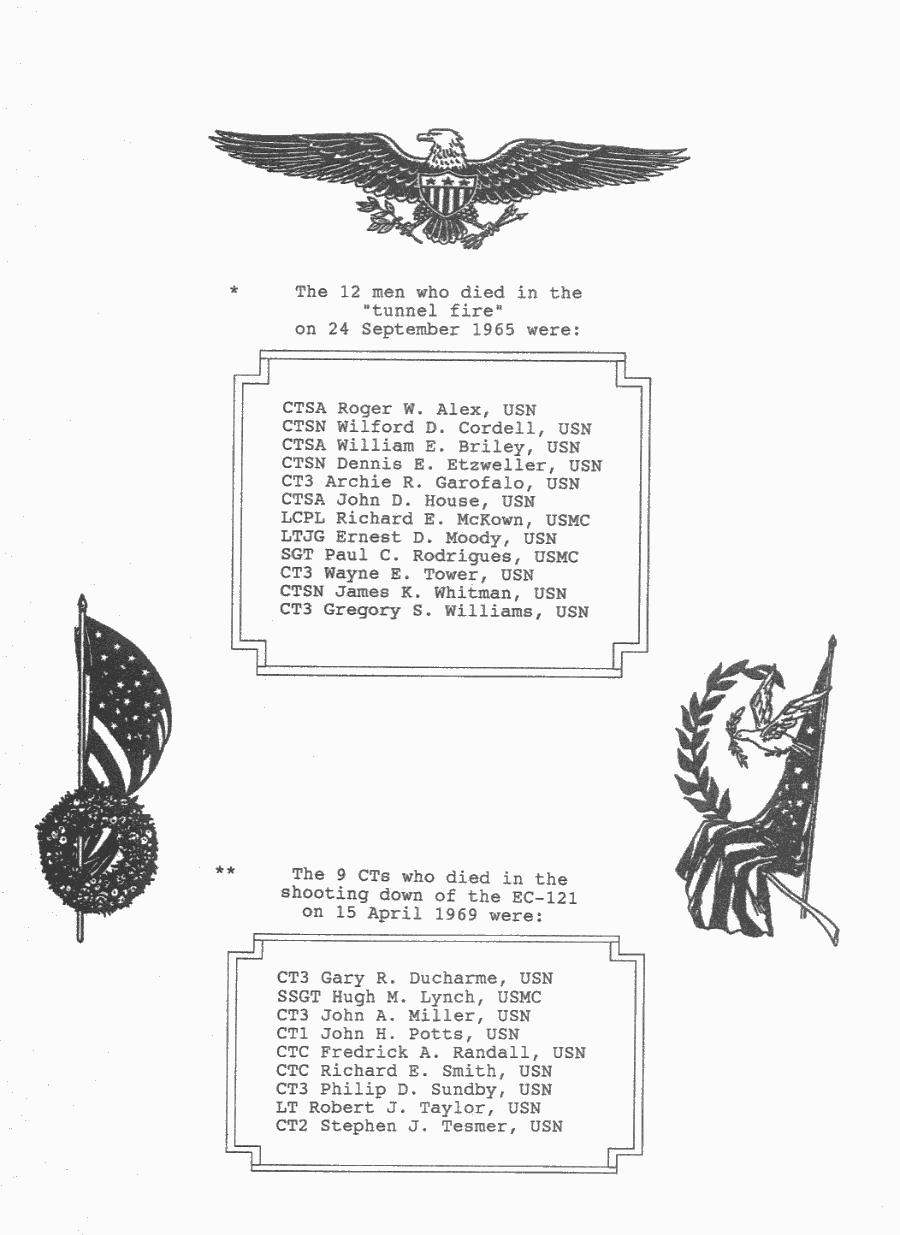

Shintō refers to several contexts of practice. If a birth, a wedding, or a groundbreaking involves the participation of a Shintō priest, a death or memorial service may involve the Buddhist priest. A home may well contain both the kamidana, the altar for the kami, and the butsudan, the Buddhist memorial altar. Many of those who go to a Shintō shrine to revere the kami will also go to a Buddhist temple. The Shintō and Buddhist traditions are not mutually exclusive, but rather entwined in the religious ethos of Japan. While the way of the kami is ancient, the name "Shintō" came into use only in the 6th century, after the Buddhist tradition came to Japan, as a way of designating in particular the ways of reverence associated with the kami. In addition to these two important shrines, there are said to be over 85,000 Shintō shrines, or jinja, in Japan. Located in western Japan, the Tsubaki Grand Shrine also established another branch as a Shintō shrine in America in 1987. If Ise is the shrine of the Sun Goddess, Tsubaki is the shrine of the Earth.

The 8th century mythic histories, the Kojiki and Nihonshoki, tell the story of creation and Japan’s mythical descent from Amaterasu. One of the oldest and most important kami shrines is surely the famous Ise shrine, housing the Sun Goddess Amaterasu, who is linked to the mythic creation of Japan, to its royal family, and to its sense of national identity. And today, the charismatic founders and leaders of Japan’s many new religions are often considered kami. Particularly great human beings may be enshrined as kami after their death. Traditionally, kami were also associated with Japan’s clans. They are “called down” to dwell in the multitude of domestic and public shrines, shrines in parks and factories, shrines on the roadside and byways. Kami dwell naturally in trees and fields, mountaintops and seashores, rivers and waterfalls. Japan is alive with the presence of kami. In the shrine, the kami are not depicted in image form but symbolized most commonly by a mirror. They are known by both presence and power, the sense of “divine presence” that rests upon or dwells in a particular place, the “holy power” manifest in nature or abiding in a shrine. Some may translate the term kami into English as “god,” “deity,” or “spirit,” but kami eludes an easy translation. Shintō, the “way of the kami,” is a tradition indigenous to Japan. The prayers were for the success of Apollo 11, the American space mission which would see human beings stand, for the first time, on the moon. On July 16, 1969, the Reverend Yukitaka Yamamoto, a high priest of the Shintō tradition, dressed in immaculate white robes and a pointed black hat, performed a traditional Shintō ritual of offering and prayer at the United Nations in New York City.


 0 kommentar(er)
0 kommentar(er)
